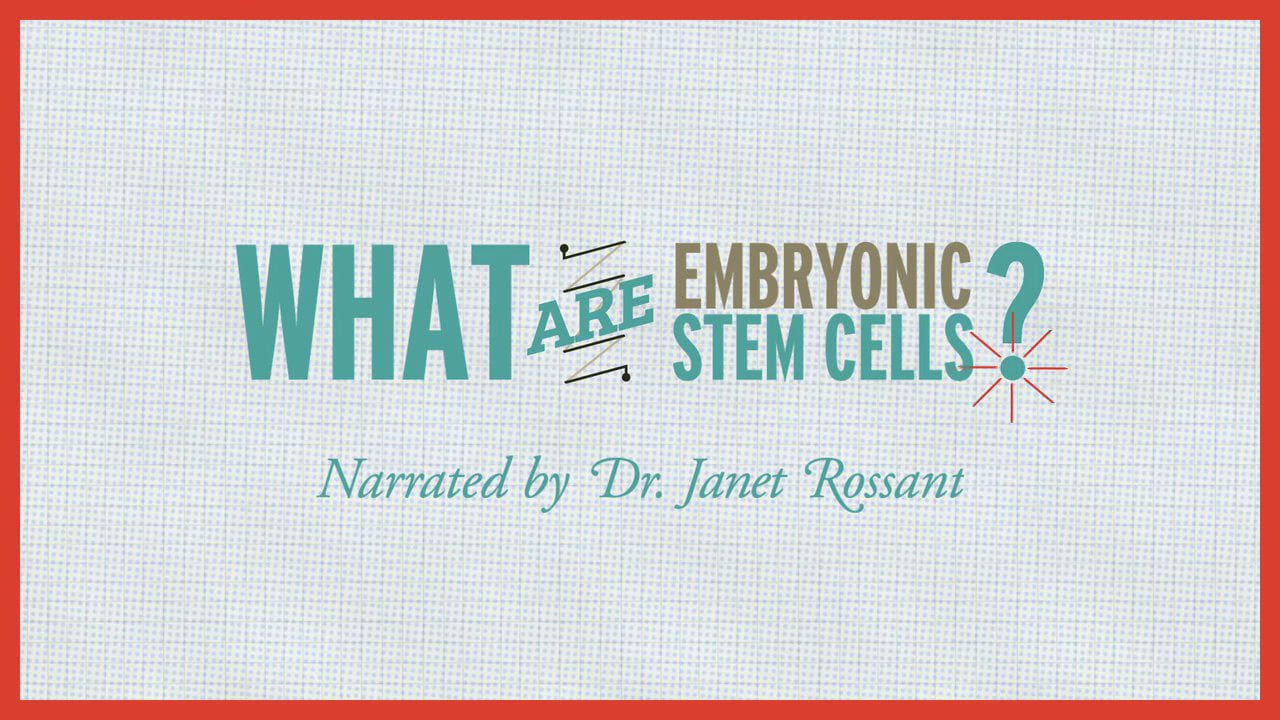Since their first discovery, embryonic stem (ES) cells have been the focus of intense research and public scrutiny. Derived from discarded 5-day old embryos (typically obtained from patients undergoing in vitro fertilization), this type of stem cell possesses the ability to create any tissue in the human body and replicate indefinitely in culture conditions. Because of these properties, ES cells represent a unique research opportunity to understand human development and create new therapies for disease.
FURTHER INFORMATION:
Stem Cell Network: What are stem cells? – http://www.stemcellnetwork.ca/index.php?page=what-are-stem-cells&hl=eng
Profile of Dr. Janet Rossant – http://www.science.ca/scientists/scientistprofile.php?pID=393
Signals Blog about StemCellShorts – http://www.signalsblog.ca/introducing-a-new-series-of-animated-stem-cell-videos-stemcellshorts/
SCRIPT:
Following fertilization, the developing embryo contains a group of cells known as the inner cell mass that will eventually go on to form all tissues of the body.
However, at this early stage of development, these cells have not yet committed to become a specific type of cell and are said to be in an undifferentiated state.
If cells of the inner cell mass are isolated, they can grow indefinitely in a plastic dish and maintain this undifferentiated state. These cells are known as embryonic stem cells or ES cells.
Like cells in the developing embryo, ES cells retain the ability to form any type of cell in the adult body. Thus, ES cells are said to be pluripotent.
By studying the signals required to control how ES cells develop into specific cell types, scientists may be able to develop therapies capable of restoring damaged tissues.
CREDITS
Narration by: Dr. Janet Rossant
Written & Directed by: Ben Paylor & Mike Long
Produced by: Infoshots – www.infoshots.ca
Animation by: David Murawsky – http://www.davidmurawsky.com/
Sound by: James Wallace – imdb.com/name/nm0908691/
